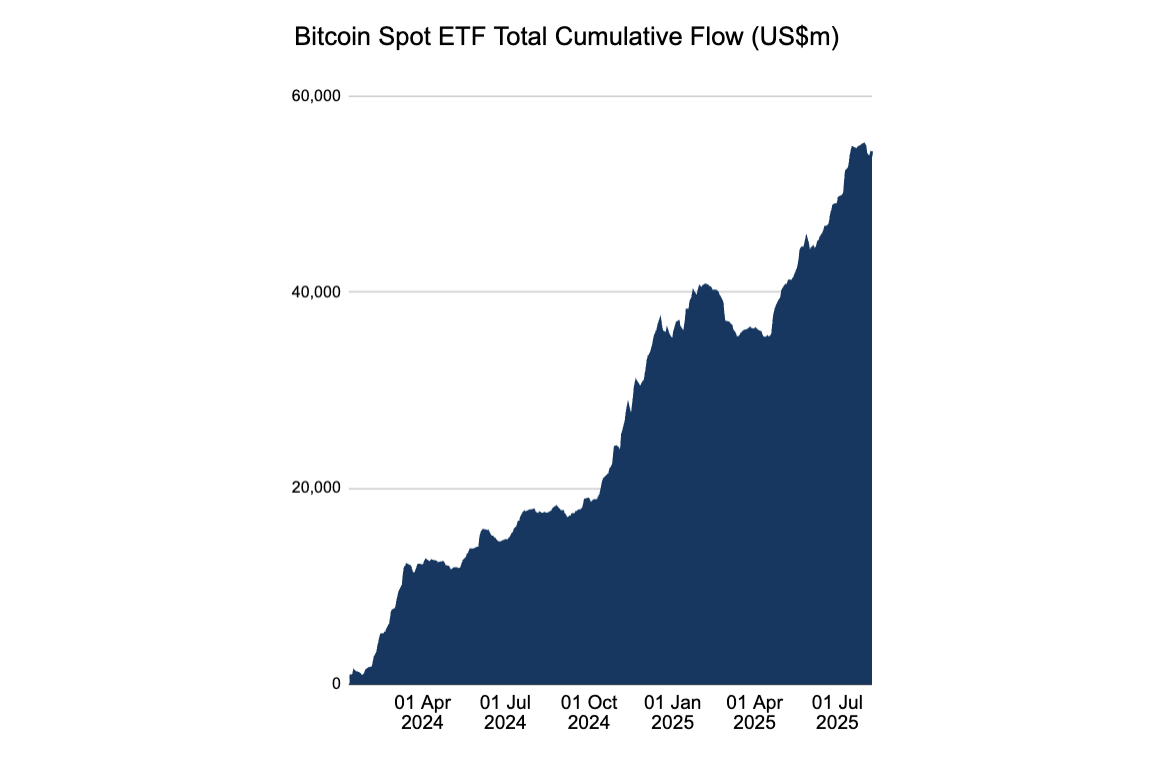Institutional investors are reshaping the crypto landscape by driving new narratives, as banks and governments push for regulation and integration into traditional finance.
-
Institutional investors dominate the current crypto market cycle.
-
Big banks are expected to launch stablecoins once regulatory clarity is achieved.
-
Increased regulation emphasizes anti-money laundering (AML) and know-your-customer (KYC) requirements.
Institutional investors are reshaping the crypto landscape, pushing for regulation and integration into traditional finance. Learn more about this trend.
| Institution | Action | Impact |
|---|---|---|
| Big Banks | Launch stablecoins | Increased market participation |
What is Driving the Institutionalization of Crypto?
The increasing presence of institutional investors in the crypto market is reshaping its landscape. According to Arthur Azizov, founder of B2 Ventures, this market cycle is dominated by investment vehicles like ETFs, governments, and stablecoin issuers.
How Are Governments Influencing Crypto Regulation?
Governments are motivated to regulate crypto to attract technology companies and fintech startups. Azizov notes that this trend is evident in the Asia-Pacific region and Europe, where AML and KYC regulations are already in place.
Frequently Asked Questions
What are the main trends in crypto regulation?
Governments are focusing on AML and KYC regulations to integrate crypto into the traditional financial system, which contrasts with the decentralized ethos of crypto.
Why are banks interested in launching stablecoins?
Banks have a loyal customer base and can easily implement crypto solutions once they receive regulatory clarity, which is expected soon.
Key Takeaways
- Institutional Influence: Institutional investors are reshaping crypto narratives.
- Regulatory Focus: Governments are pushing for stricter regulations.
- Future Outlook: Expect banks to launch stablecoins soon.
Conclusion
In summary, the crypto landscape is being transformed by institutional investors and regulatory pressures. As banks and governments push for integration, the future of crypto may diverge significantly from its decentralized roots.
-
The cypherpunk ethos is retreating from the limelight, as institutions and centralized players take center stage, driving new narratives.
-
Traditional financial institutions are increasingly shaping the narratives in the crypto sector, and are poised to benefit the most from the current trends, according to Arthur Azizov, founder of B2 Ventures, a private “alliance” of crypto services and financial tech companies.
-
Azizov told Cointelegraph that this market cycle has been dominated by institutional investors, investment vehicles like exchange-traded funds (ETFs), governments, and stablecoin issuers.

He also said that big banks will accelerate this trend in the near future, once they have regulatory clarity to interact with crypto, saying it will only be a “matter of months” between the time these banks receive regulatory clarity and the time it takes them to launch a stablecoin. Azizov added:
“Banks have a substantial user base. They already have their own clients. Those clients are loyal to those banks. And for them to implement crypto into their operations will be relatively easy.”
These institutions have already changed the landscape. In the future, it’s going to change even more, and I would say it’s not good for small startups,” he continued.
The increasing presence of institutional investors, banks, and companies in crypto has created tension between these traditional financial institutions and the cypherpunks that started the crypto movement, who advocate for the complete decentralization of the financial system.
Related: Bitcoin investment banks coming to El Salvador — Gov regulator
The government is also driving the institutionalization of crypto
Governments also have economic incentives to regulate crypto and bring it under the purview of the traditional financial system.
“The narrative is to regulate crypto, not only because it is mainstream, but in order to attract technology companies, attract young talent, and fintech startups,” Azizov told Cointelegraph.
This increased regulation means a greater focus on anti-money laundering (AML) regulations and know-your-customer (KYC) requirements, he added.
AML and KYC are already required for retail crypto consumer applications throughout much of the Asia-Pacific (APAC) region and Europe, and Azizov said he expects this trend to also take shape in the US.
The emphasis on consumer surveillance and officially registered accounts runs contrary to the value proposition of decentralized finance (DeFi), which promises permissionless access to a censorship-resistant financial system.
Magazine: Crypto wanted to overthrow banks, now it’s becoming them in stablecoin fight
